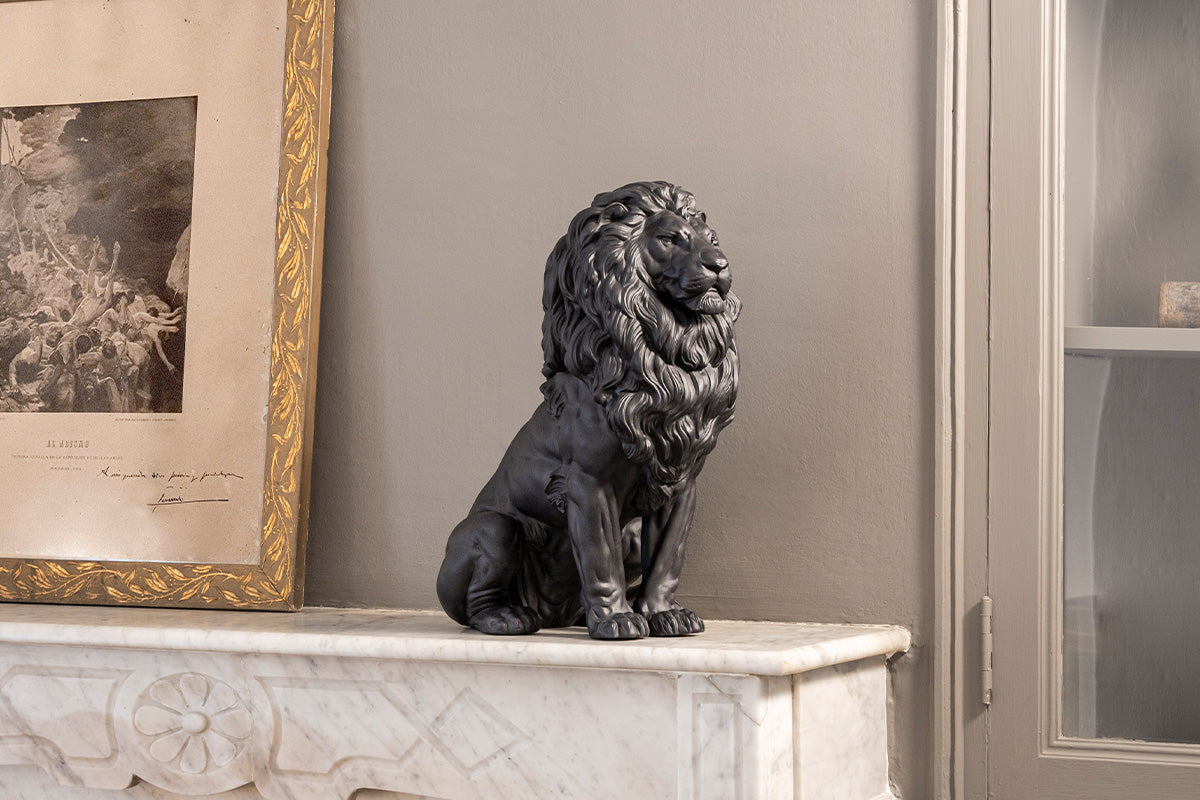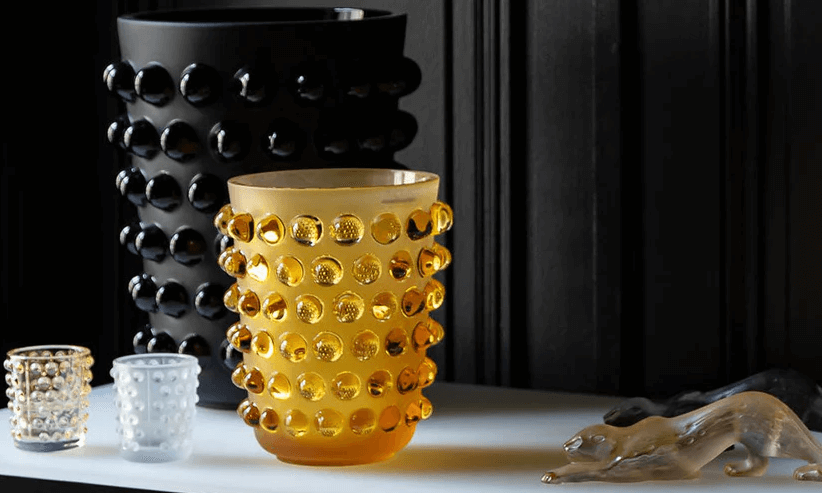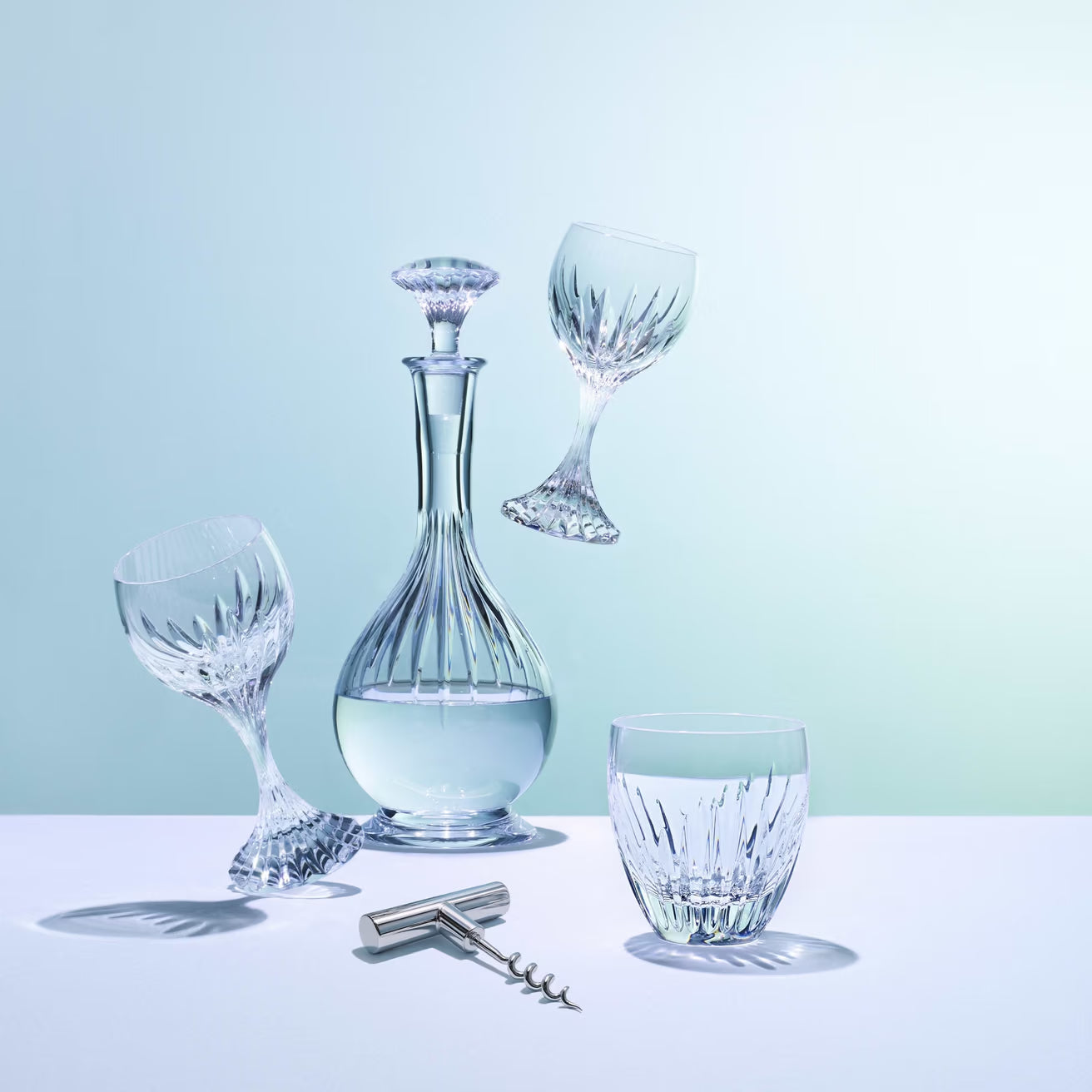A Tricky Art: Lladró’s Religious Lithophanes
Tagged with:About Lladró
Share

A little known art form, lithophane, took Europe by storm in the 1800s. They were an innovation in the art world, and its modern invention is credited to Baron Paul de Bourguignon from France in 1827, although the origin of this art came from China, the birthplace of porcelain.

Popular as gifts, lithophanes are a thoughtful gift that the recipient can keep for years.
Look closely at a lithophane and you’ll see a very thin material (traditionally porcelain) of 1.5mm to 2mm that has been decorated to show a scene or image when backlit. In the 1800s when they first became popular, the most common way to light a lithophane was to use candles. The word lithophane is derived from greek words “litho“ and “phainen“, which mean “to cause to appear“, a descriptive name for the art form.
The magic of lithophanes is born from the play of light with the translucent character of porcelain. By illuminating its interior, it projects warm lighting throughout the room and highlights the engraving that decorates it, producing relief effects on its surface. Hundreds of thousands of lithophanes were made in the 1800s in Europe.
Due to the expensive price tags on lithophanes, people leaned towards getting either religious lithophanes, portraits or artistic pieces. They were incorporated as a small focal point in fine china, tableware, and even beer steins (as an indication for you to know when to refill your glass).

The “brighter” lithophanes on this table are lit using Lladró’s Cordless Kit LED that can be purchased separately. It is rechargeable, dimmable and has a 2 year lighting warranty.
The “dimmer“ lithophanes are lit using the battery-operated flicker lights that are included with the lithophanes. Most customers purchase the Kit LED.
The act of lighting candles is practiced in many religions, including Christianity. It is seen as a symbol of prayer, a votive offering especially within the Anglican, Lutheran and Roman Catholic Christian denominations. These candles are usually placed within a container that makes it safer for it to burn, and religious lithophanes became mainstream because of these reasons.
Nativity Lithophane (left), & Om Lithophane (right).
Lladró’s religious lithophanes shows the most important scenes for each religion, which is perfect to gift as a present or to fill your home with the stories that you grew up with.







